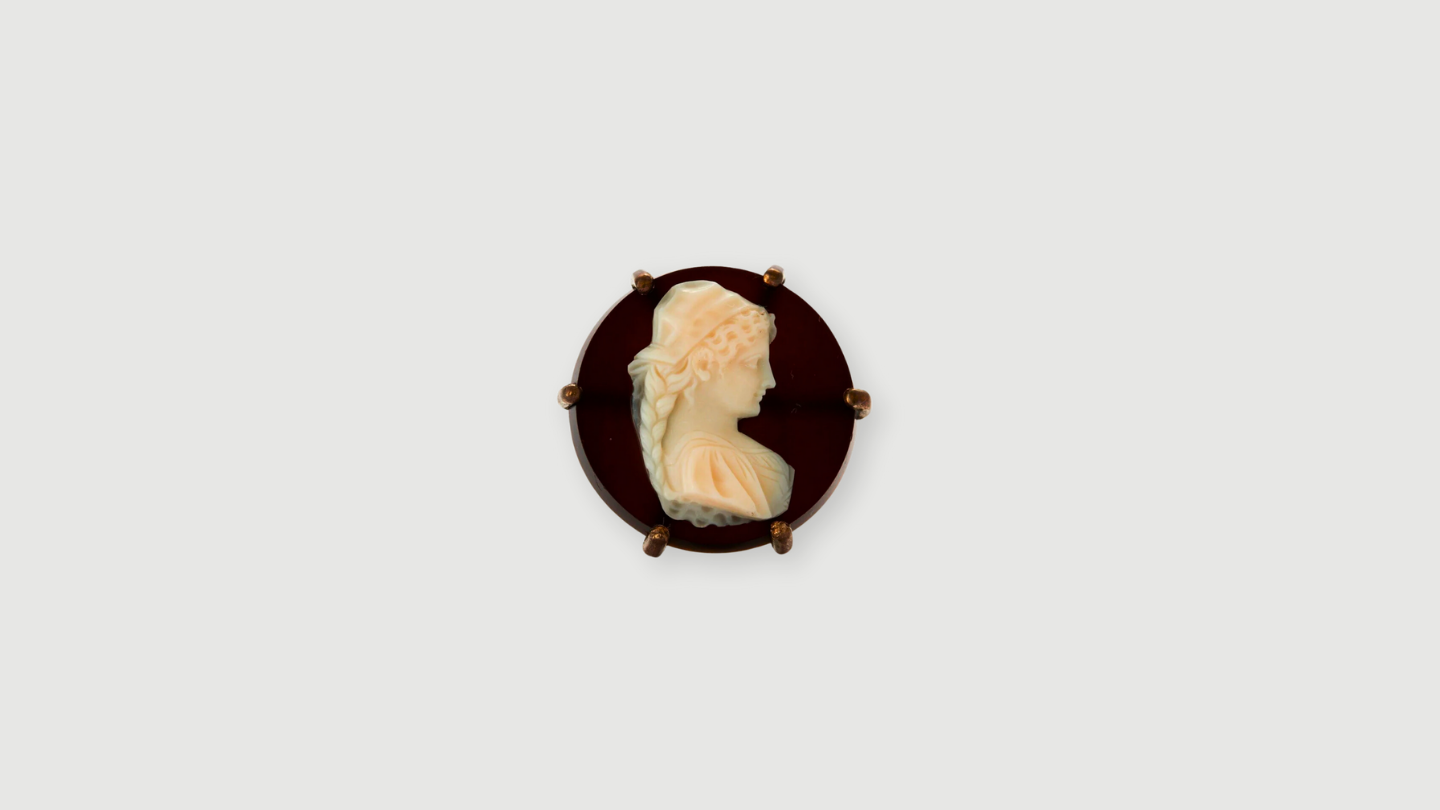
Cameo jewelry: fascinating history and value
Cameos are currently enjoying great success with famous personalities and fashion icons. Let's find out what makes these little sculptures so captivating.
Until famous people like Rihanna and Sarah Jessica Parker started showcasing them, cameos were considered old-fashioned. They were often associated with antique brooches worn by unmarried aunts.
Whatever the reason for the resurgence of cameos, their historical significance and sheer beauty have made them treasured items among jewelry collectors.
What is a cameo?
Cameos are precious stones, shells, or other natural or artificial materials carved in relief to depict landscapes, mythological figures, or, more specifically, portraits of women in profile. They are usually mounted in gold or silver and inlaid in collars, bracelets, pendants and rings.
The Cameo jewelry have a fascinating history that spans centuries, with each period leaving a distinctive imprint on this ancient art.
Cameos are part of a stone carving tradition that dates back to prehistoric petroglyphs, believed to have spiritual significance. During the Roman Empire, artisans carved mythological symbols and, later, political portraits in precious stones and glass, the latter of which were sold to less fortunate social classes.
Cameos became fashionable during the 19th century. Both Napoleon Bonaparte and Queen Victoria were avid collectors of cameos. In fact, the latter is credited with popularizing cameos made from shells, which are easier for artisans to carve and therefore more affordable than gemstones.
The 20th century saw the emergence of affordable cameos, capitalizing on the growing interest in costume jewelry. The long history and artisanal expertise of stone carving has fueled the craze for vintage and antique cameo jewelry.
What are the criteria that influence its value
Cameos can vary greatly in price, ranging from over $10 for one-off pieces to much more affordable prices for mass-produced pieces. The value of a cameo depends on several factors such as the material used, the mounting, the complexity of the sculpture and its historical and artistic significance.
Cameos made from precious stones like opals or emeralds tend to be more expensive than those made from shells or volcanic rocks. Harder materials, such as agate, can also increase the price due to the difficulty in carving fine details. Shell cameos, popular in the Victorian era, are prized for their beauty and are often less expensive due to the ease of making them.
The gold or platinum setting can also influence the price of a cameo, as can the complexity of the sculpture. Cameos with delicate details and intricate images may be more valuable. Additionally, the cameos liées to historical events or those made by famous artists may have particular value.
It is therefore important to examine a cameo carefully before purchasing it, taking all of these factors into account to determine its true value.


